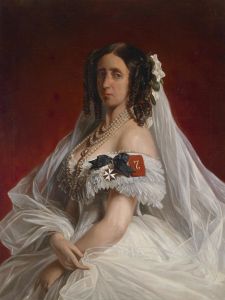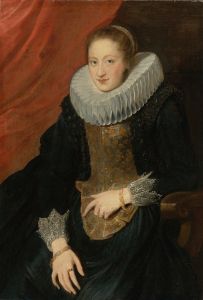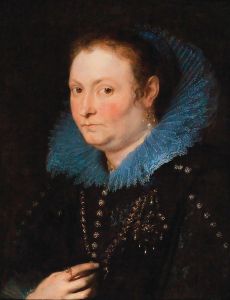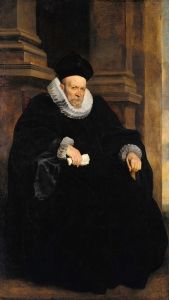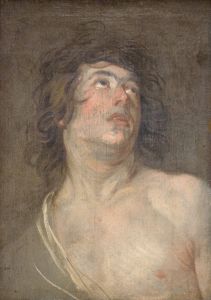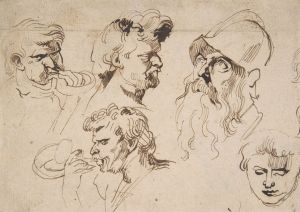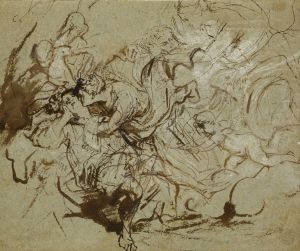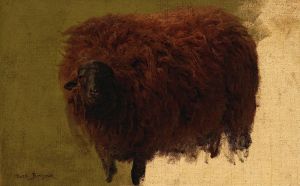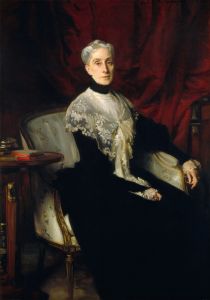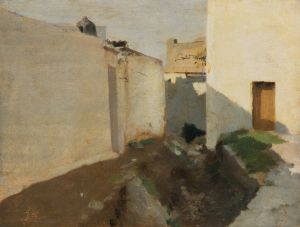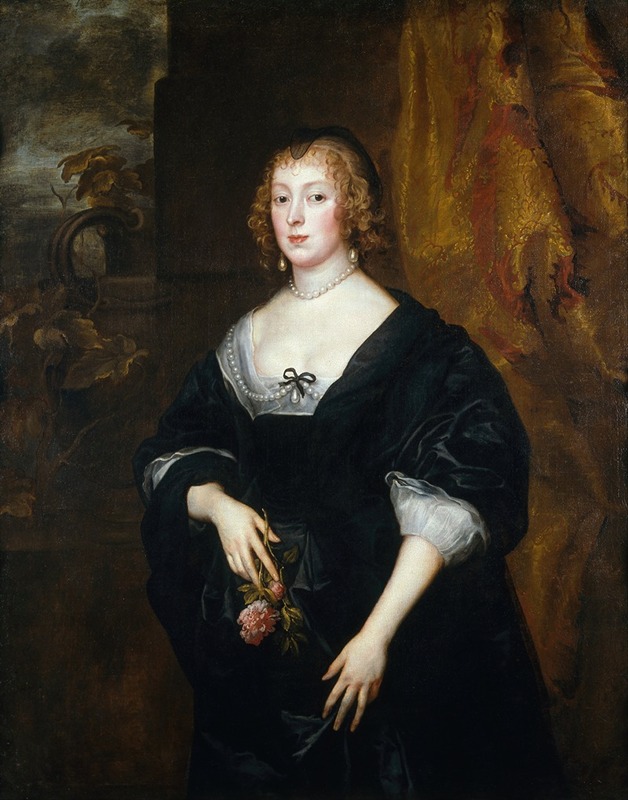
Lady Dacre
A hand-painted replica of Anthony van Dyck’s masterpiece Lady Dacre, meticulously crafted by professional artists to capture the true essence of the original. Each piece is created with museum-quality canvas and rare mineral pigments, carefully painted by experienced artists with delicate brushstrokes and rich, layered colors to perfectly recreate the texture of the original artwork. Unlike machine-printed reproductions, this hand-painted version brings the painting to life, infused with the artist’s emotions and skill in every stroke. Whether for personal collection or home decoration, it instantly elevates the artistic atmosphere of any space.
"Lady Dacre" is a portrait painting by the renowned Flemish artist Anthony van Dyck, who was active during the early 17th century. Van Dyck is celebrated for his significant contributions to portraiture, particularly during his time in England, where he served as the principal court painter to King Charles I. His work is characterized by its elegance, sophisticated style, and the ability to capture the personality and status of his sitters.
The painting "Lady Dacre" is believed to have been created during van Dyck's English period, which began in 1632 when he was invited to England by King Charles I. This period marked a high point in van Dyck's career, as he became the leading portraitist of the English aristocracy. His portraits from this time are noted for their refined composition, graceful poses, and the luxurious depiction of fabrics and textures.
The subject of the painting, Lady Dacre, was a member of the English nobility. The Dacre family was an established noble family in England, with a history dating back to the medieval period. However, specific details about the individual Lady Dacre depicted in this portrait are scarce, as records from the time do not provide extensive information about her life or her exact identity within the Dacre lineage.
In the portrait, Lady Dacre is presented with the characteristic elegance and poise that van Dyck's works are known for. The artist's skillful use of light and shadow, combined with his attention to detail in rendering the textures of clothing and accessories, highlights the sitter's status and refinement. Van Dyck's portraits often conveyed a sense of nobility and grace, which was highly sought after by his patrons.
The painting is executed in oil on canvas, a medium that van Dyck mastered, allowing him to achieve the subtle gradations of tone and the rich color palette that are evident in his works. The background of the portrait is typically understated, ensuring that the focus remains on the sitter, a technique that van Dyck frequently employed to emphasize the subject's presence and character.
"Lady Dacre" is part of van Dyck's extensive oeuvre of portraits, which have been widely studied and admired for their artistic merit and historical significance. His influence on portrait painting was profound, setting a standard for elegance and sophistication that would be emulated by subsequent generations of artists.
Today, van Dyck's portraits, including "Lady Dacre," are held in high regard and are featured in major art collections and museums around the world. They continue to be appreciated not only for their aesthetic qualities but also for their ability to provide insight into the social and cultural milieu of 17th-century England. The painting remains a testament to van Dyck's enduring legacy as one of the foremost portraitists of his time.







